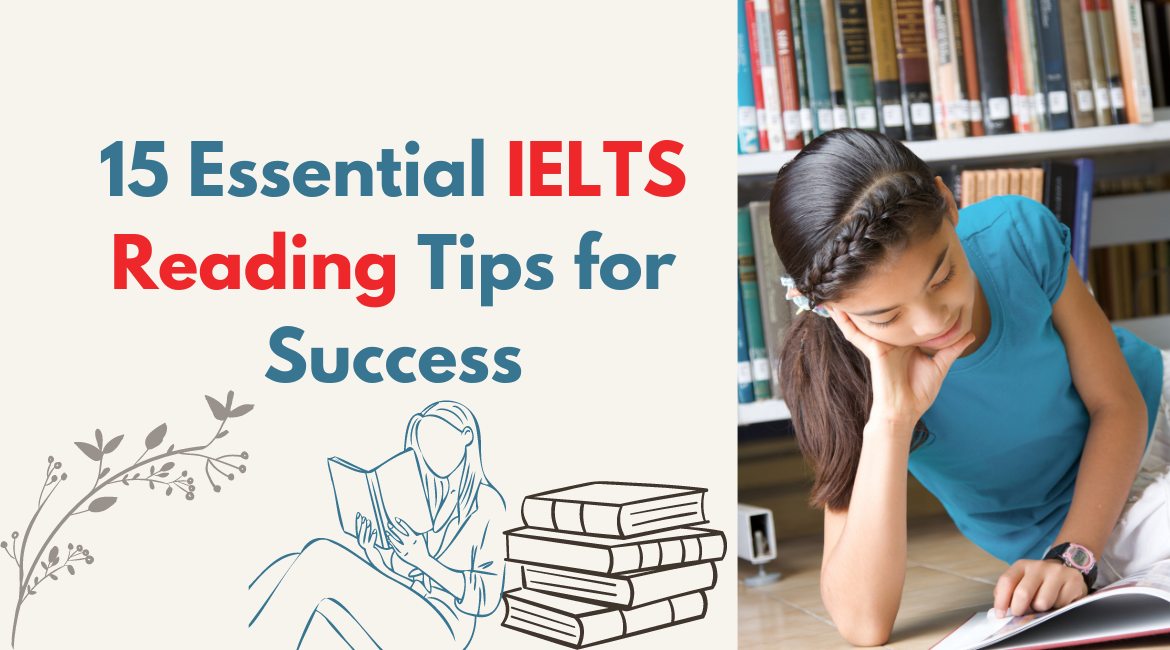Study Guide: 15 Reading Tips for IELTS
Overview
This study guide compiles essential tips to excel in the IELTS reading section, helping you navigate various question types and strategies effectively.
Key Tips
1. Understand the 11 Different Question Types
- Familiarize yourself with all 11 IELTS reading question types before the test. This foundational knowledge will save you time and confusion on test day.
2. Question Order
- Questions generally follow the same order as the text, which means the answer to question one is found at the beginning of the text. The only exception is diagram labeling questions, which may require you to backtrack.
3. Speed Read the Text
- Spend 1-2 minutes speed reading the text to grasp the main ideas and key words. This technique builds confidence and aids in answering questions more effectively.
4. Use Key Words in Questions
- Identify key words in the question prompt to locate relevant sections of the text. This will streamline your reading and help you focus on finding the answers.
5. Read for Meaning
- After locating the key word, read carefully to understand the context and meaning. Avoid skimming and focus on comprehension to find the correct answer.
6. Grammar Understanding
- Use your knowledge of grammar to help determine the type of word needed in sentence completion questions (e.g., noun, verb, adjective).
7. Recognize Synonyms and Paraphrases
- IELTS often uses synonyms and paraphrases. Be aware that the same idea may be expressed in different words in the text.
8. Avoid Distractors
- Be cautious of distractors—tempting answer options that are incorrect. Analyze each choice carefully to avoid being misled.
9. Match Headings Strategy
- When matching headings, read the entire paragraph first, then refer to the list of headings. Understanding the paragraph’s overall meaning is crucial for selecting the correct heading.
10. True/False/Not Given Questions
- Differentiate between false and not given statements. A statement is false if it contradicts the text; it is not given if there’s insufficient information to confirm or deny it.
11. Transfer Answers Carefully
- For paper-based tests, remember to transfer your answers to the answer sheet within the allotted time. You will not receive extra time for this step.
12. Differentiate Between Academic and General Reading
- Understand that the Academic and General reading tests differ in content. Academic includes longer texts from scholarly sources, while General focuses on everyday English.
13. Prepare Properly
- Regardless of your English proficiency, proper preparation is essential. Reading is statistically one of the most challenging parts of the IELTS.
By above these tips and strategies, you’ll enhance your reading skills and boost your confidence for the IELTS exam. Practice regularly and familiarize yourself with the test format to achieve the best results!







